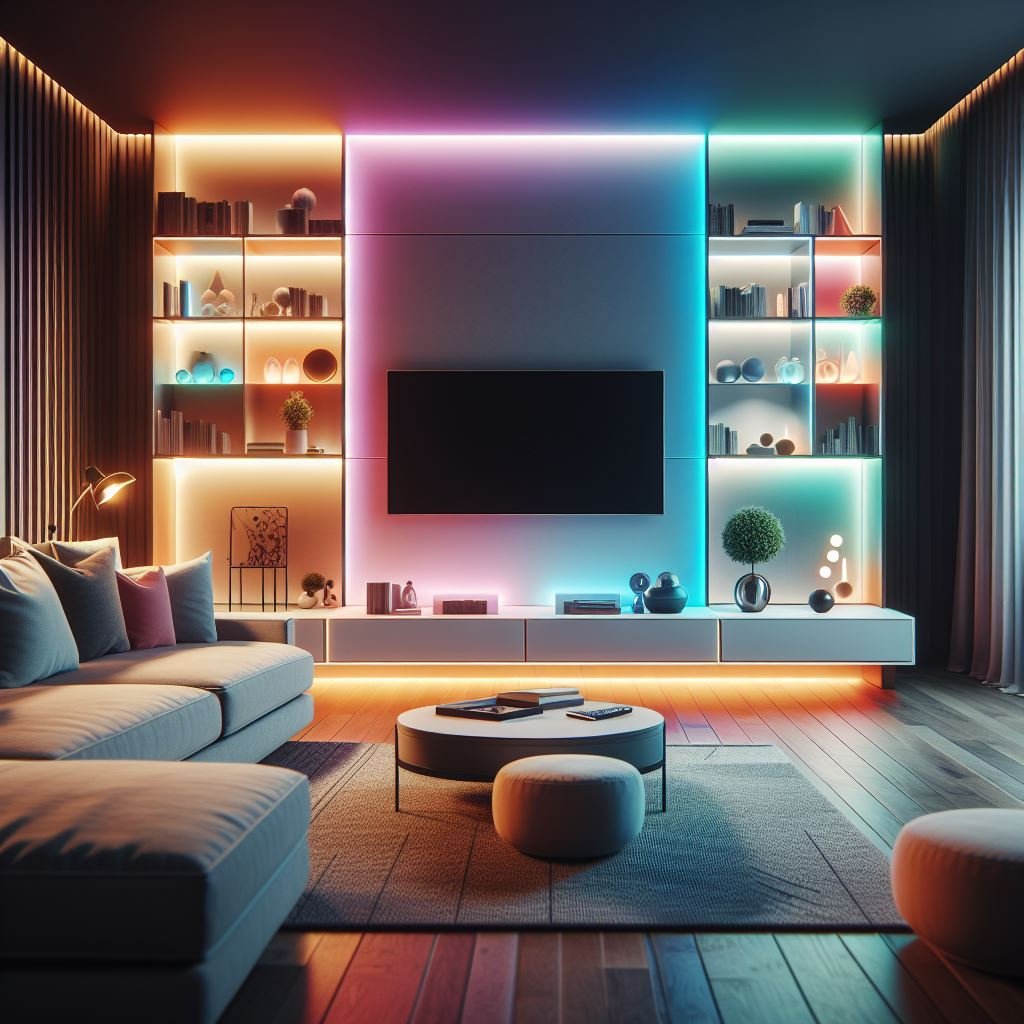Chicago's Architectural Splendor by 3D Rendering
Discover Chicago's architectural marvels brought to life through stunning 3D rendering. Explore iconic landmarks, modern skyscrapers, and historic buildings, showcasing the city's rich architectural heritage in vivid detail.
Chicago, renowned across the globe for its impressive architectural scenery, serves as a reflection of human creativity and advancement. Architectural visualization has greatly grown in the heart of Chicago, where centuries blend the past and present. With the introduction of 3D rendering technology, the architectural history of the city has discovered fresh methods to motivate and fascinate. This article delves into the mutually beneficial connection between Chicago's abundant architectural heritage and the revolutionary impact of 3D rendering.
Overview of Chicago's Rich Architectural Heritage
Chicago's architectural heritage is innovation, resilience, and creativity. The city's skyline shows its evolution from a small trading post to a global metropolis. Chicago is a city known for groundbreaking design movements and engineering feats. The two towers that most express centuries are the Willis Tower, formerly known as the Sears Tower - an innovative building that held the title of the world's tallest building for nearly 25 years; and, in contrast, the historic Tribune Tower stands as a symbol of Chicago's rich architectural heritage. Looking at this, we can say the variety of Chicago's architectural landscape is a dynamic blend of old and new, tradition and innovation.
Applications of 3D Rendering in Chicago
The application of 3D rendering in Chicago has changed the way architectural projects are communicated. The visualization of skyscrapers in Chicago's skyline has long been a hallmark of the city's architectural landscape. With its rich history of innovative high-rise construction, Chicago continues to grow in vertical design. Yet, visualizing the skyscrapers in advance was difficult, often requiring static drawings or scale models to show the architect's idea. The use of 3D rendering technology has revolutionized architectural visualization. This can help architects create a photorealistic rendering that harnesses the power of computer graphics and brings proposed skyscrapers to life. These renderings are more than just illustrations; they provide a vivid characterization of how a new tower will integrate with its surroundings. The other important thing about 3D rendering in visualizing skyscrapers is its ability to simulate real-world conditions with exceptional accuracy. Lighting effects, material textures, and environmental factors such as weather and time of day can all be so realistically represented, that might lead to questions whether it’s a render or photo, which gives viewers a true sense of what the finished building will look like. This level of detail allows architects and developers to make design decisions and address potential concerns.
Conclusion
In conclusion, the fusion of Chicago's architecture with the abilities of 3D rendering technology has shown a new era of innovation and creativity in the Windy City. Chicago's architectural heritage, steeped in history and innovation, provides a productive environment for applying top-notch visualization techniques. The use of 3D rendering has not only revolutionized the way architectural projects are developed and communicated but has also allowed access to the creative process.
The architectural landscape in Chicago continues to grow, and the importance of 3D rendering services cannot be overemphasized. By simplifying and organizing the architectural design, 3D rendering technology catalyzes progress, enabling Chicago to remain at the forefront of architectural innovation while preserving its rich cultural heritage.










